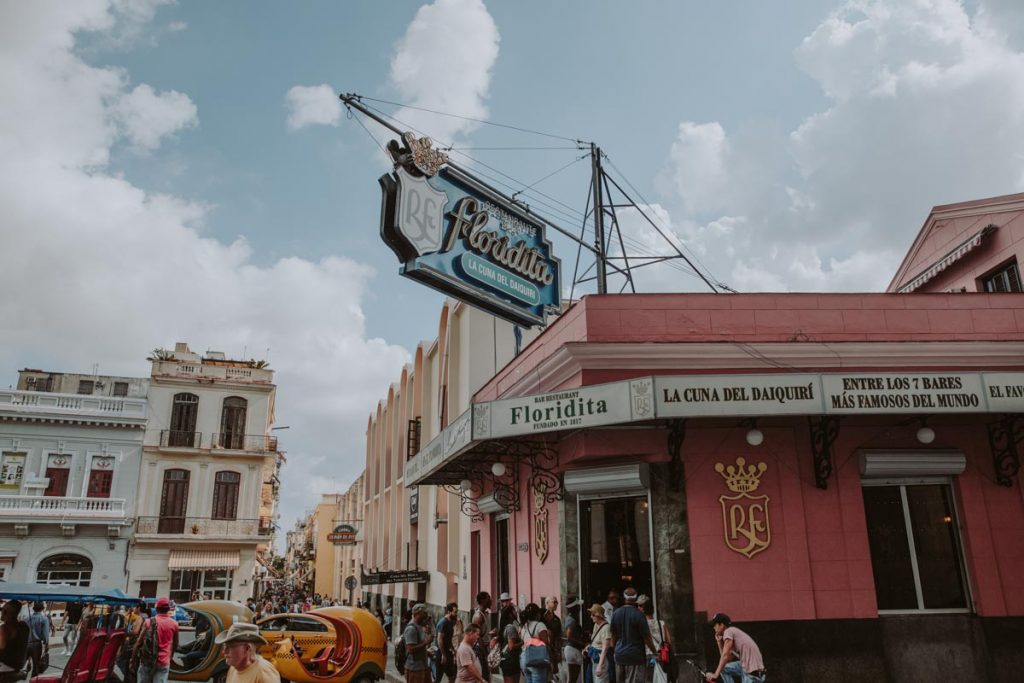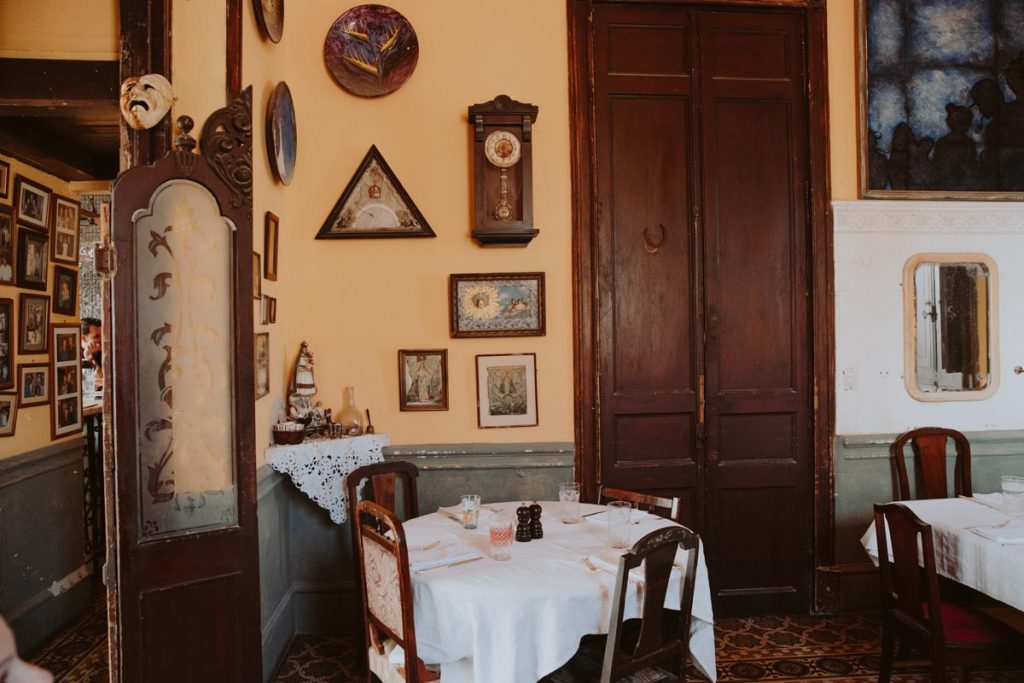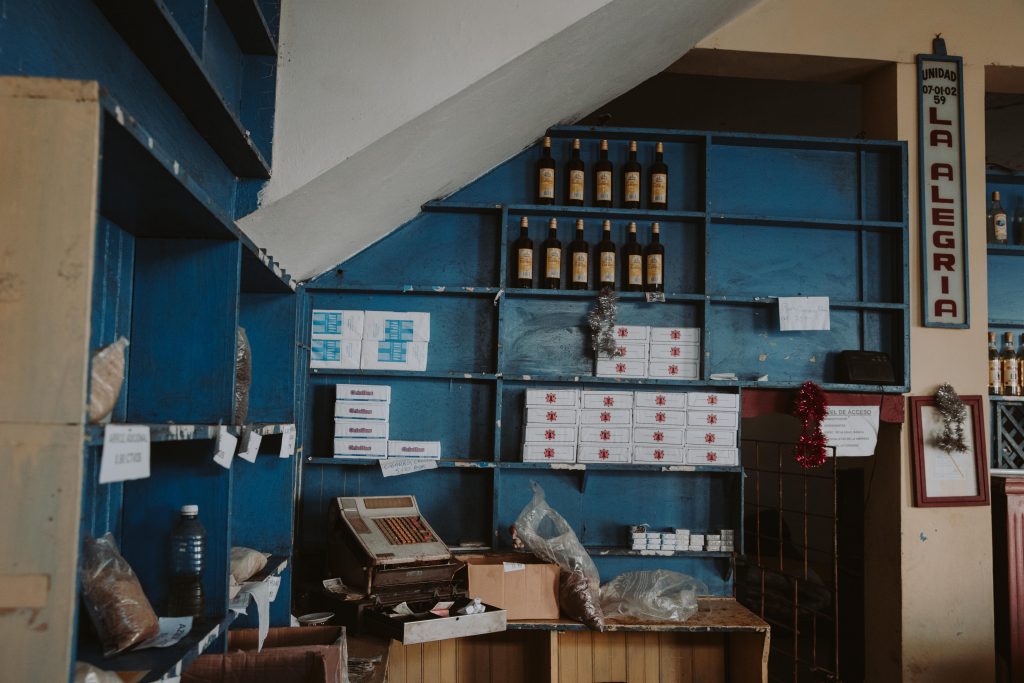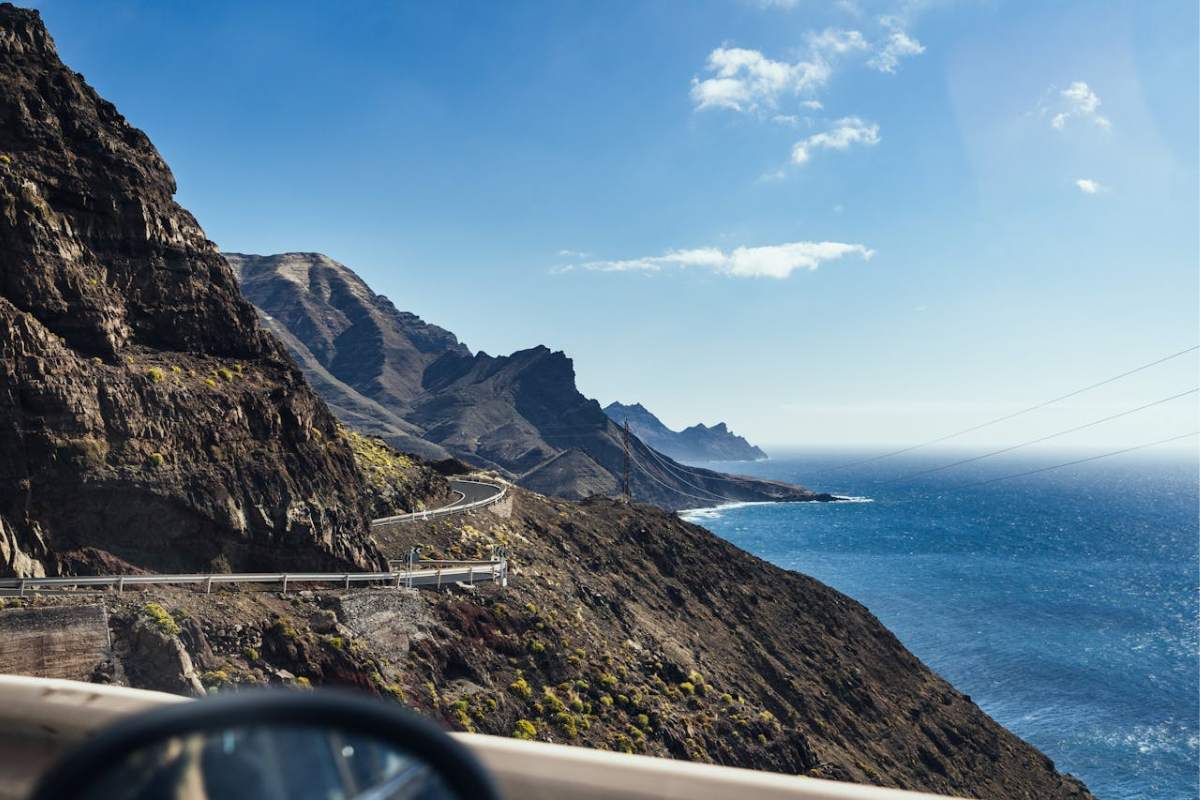Planning a trip to Cuba? Here are 11 things to know before you go!
Disclosure: This post contains affiliate links, which means I make a small commission at no extra cost to you if you kindly choose to book via my links!
If you’re dreaming of a destination that effortlessly blends vibrant culture, sultry rhythms, and breathtaking landscapes, then Cuba is calling your name. It’s a country frozen in time, where classic cars parade through the streets and colourful colonial architecture whispers tales of history.
However, Cuba is not the easiest destination to travel through. From navigating visa requirements to limited access to the internet, it’s important to be prepared for the challenging aspects of Cuban travel.
11 things to know when planning a trip to Cuba
As you start planning a trip to Cuba, below are 11 things you need to know to ensure your time is as enjoyable and as stress-free as possible.
1. You’ll need to pay for everything in cash

The first thing to know when planning a trip to Cuba is that you’ve to pay for everything in cash. None of the shops or restaurants in Cuba accept cards, so you’ll need to bring cash everywhere you go.
Although, for safety’s sake, I would recommend you don’t carry it all with you at once.
Exchanging Money
I found it useful to bring most of my cash with me from overseas and to exchange it into Cuban currency once I arrived.
You can exchange the money at a Casa del Cadeca (money exchange house) or bank. It all should be at a similar exchange rate.
Note that the exchange rate for USD is terrible in Cuba and often places won’t even exchange USD. So I’d highly recommend to exchange a different form of currency, like Mexican pesos, Canadian dollars or Euros.
Using ATM’s
There are ATMs around which you can use to withdraw cash. The people on our tour including I had no trouble with this. We were using a variety of Australian, New Zealand and UK bank cards.
However, I have heard reports that there can be difficulties for some bank cards. So it is best to bear this in mind when planning how much cash to bring.
CUC vs CUP
When paying your bill, you must pay in one of the two forms of Cuban currencies- CUC or CUP. CUC is also known as the ‘tourist currency’ and 1 CUC is worth 25 CUP (the currency Cubans get paid in).
Mostly you’ll be paying your transactions with CUC. So just make sure you are using the correct amount and getting the right change.
There are differences in the notes- the CUC are much more colourful have some kind of monument on them for the picture and the words ‘pesos convertibles’ on them. The CUP are more monotone and have various famous Cuban figures upon them.
Booking.com2. It isn’t easy to connect to the internet in Cuba
The Internet situation in Cuba is not as dire as it once was. It is difficult to connect, that’s for sure, but it is not impossible. To access the Internet you can purchase wifi cards from ETECSA.
You’ll find stores located around the main squares in the cities at the standard rate of $1 for 1 hour. You can choose how many hours to purchase the cards for. They are usually set amounts of 1, 2 or 5 etc.
Where to find internet connection in Cuba
Once you’ve purchased the card, you will be able to use the wifi in certain locations. Generally, your best bet is public squares. You often have to wander around within the wifi hotspots to maintain even a tenuous connection.
Sometimes if you’re lucky, you can have wifi in the accommodation you are staying in. Pre-warning, the Internet is very slow. Also note that several sites e.g. Gmail are inaccessible due to the US trade embargo.
3. There are different visa requirements from every country

There are differing visa requirements depending on the country from which you visit. For example, we flew from Mexico from Cancun airport (a nice easy 1 hour flight). The Visa was as easy as spending five minutes to fill in a form here, paying $25 and getting a stamp when we went up to the desk to check in to our flight.
However, each country has different visa requirements so look into this before you come. Take note that it’s not easy to fly directly to Cuba from the US (although there are direct flights going the other way.) So you’ll need to plan around that.
4. The standard tipping rate in Cuba is 10%
Going to a new country is always a bit nerve-wracking in terms of tipping. In Cuba, the standard tipping rate is 10%. Some restaurants will already include a service charge, in which case you won’t need to add on another tip. So just check your bill before you pay.
Also, it’s worth noting that many Cubans rely off tips to survive due to the very low wages they receive (between 750-1000 CUPs (around 30-40 CUC or USD) a month).
Considering how your meals should all be relatively cheap, even a small amount of tipping is well received. So if it is within your means to give extra, generosity will be well received.
5. You normally have to pay to use the bathroom
The facilities in Cuba are somewhat more limited and probably not as well maintained as what you might be used to. Normally you have to pay to use toilets (often even those in cafes/restaurants).
The price is usually 25 cents of a CUC, and sometimes they will provide a small piece of toilet paper as there is none in the stall. So I’d recommend bringing a roll with you for the occasions where there is none.
6. Supermarkets are very limited
In regards stores, supermarkets are hard to come by and what produce they do sell is very limited. Locals often use ration stores and agros (farmers markets) to provide them with staples.
There are frequent food shortages. An example being that the month before we arrived the bread import had failed leading to a complete dearth of bread. That being said, you’ll always have food to eat, but it might be somewhat limited.
It’s best to prepare for the limited produce by packing all the essentials (i.e. toiletries and snacks) you’ll need before you come.
7. FOOD IN CUBA
Before I came I’d been given warnings as to the dire state of Cuban cuisine. However, I found the food to be easily tolerable, sometimes quite tasty. I wouldn’t exactly claim Cuba is a foodie destination, but the food, albeit plain, is reasonable.
Typical Cuban Breakfast
We always had breakfast provided for us by our casa particular, and often it would be my favourite meal.
It would consist of a large spread including a strong coffee, a plate of fruit, fresh seasonal juice, bread, butter, eggs cooked to your preference, and sometimes pastries and pikelets. We ate out for lunch and dinner at a variety of places.
Eating out in Cuba
All restaurants and cafes are limited on ingredients due to importing issues. However, they manage to work quite well with what they have. Most meals in restaurants cost between 10-20 CUCs, which is not dirt cheap but not overly expensive either.
A common restaurant type was the Cuban “family style” restaurant. It provides many dishes in the middle of the table to share with the whole group. The meal would commonly include plantain chips, soup, rice, black beans, meat, root vegetables, salad, and fruit.
There were also cheaper food options such as cafeterias selling Cuban pizza and sandwiches, as well as higher-end options with international menus, tapas being especially popular.
8. Alcohol is often cheaper than water
When it comes to drinks, it really is true what they say about alcohol often being cheaper and more easily accessible than water in Cuba. Tap water is not drinkable to tourists due to the high chlorine content.
I’d recommend buying large 1L containers of water and using them to refill a smaller bottle as you go. Make sure to stay hydrated – the heat can be oppressive and if you forget to keep drinking you can run a real risk of severe dehydration.
There are national rum-based cocktails sold everywhere that can be as cheap as 1.5 CUC (although usually between 2 and 4). Coffee is deliciously strong and the Cuban way to drink it is black.
9. ACCOMMODATION
When it comes to accommodation, hotels aren’t up to the same standards as found elsewhere.
Instead, casa particulars (the Cuban version of Airbnb) are the best places to stay. They provide basic but comfortable accommodation and breakfast, and will give you an inside glance into a Cuban household.
Staying at a casa particular can also give you the chance to get to know your host, who is generally very welcoming and often can give you recommendations for things to see and activities to partake of in the area.
10. Cuba is a safe country to visit
In terms of safety, due to its strong police presence Cuba is one of the safest countries in Latin America to visit as a tourist. There is a low crime rate, but as always when travelling, be careful with your money and do not store it all in one location or carry it all with you at once.
Tourists also often get harassed by vendors to purchase their wares (just politely refuse), and women will generally receive a lot of (reasonably innocuous) catcalls (we asked our guide about this and he said it is because of the romantic Cuban nature – I mean it’s a truth universally acknowledged that catcalling is a sure-fire way to a woman’s heart.)
11. It’s fairly inexpensive to get around Cuba
There are many inexpensive ways to get around in Cuba. You can get taxi rides to and from the airport for 25 CUCs, and taxis in Havana have a set rate of 10 CUCs. Also, you can take a tour of the city on vintage cars and get a feel of a city.
In order to get around the country, you can catch local buses. Although you may find big queues for these buses and they can be overly packed.
I personally took the easy route and went on an 9-day tour of the country with G Adventures so I didn’t have to deal with any logistics. All our transport was included and allowed us to see a solid portion of the country whilst being transported on an air-conditioned private bus.

visiting Cuba on a tour
Given that Cuba isn’t the easiest country to travel around, I decided that it would be best to go on a group tour for my first visit. I went on the 9-day Cuba Explorer tour with G Adventures, in which we got to explore Havana, Vinales, Cienfuegos and Trinidad.
What the tour included
The tour included transport, some meals and accommodation. We stayed in Casa Particulars, which are the Cuban equivalent to a bed and breakfast. Staying at Casa Particulars instead of hotels is a great way of getting a taste of local life and also providing invaluable income to the community.
The benefits of having a local guide
One of the best parts about going on an organized tour was having a local guide to show us the country. I got such fascinating insight from our tour guide, Carlos, into the history, political situation and day-to-day life in Cuba.
He was also there to help translate, recommend us places to eat and things to do, and book in any activities we wanted to partake in, making the whole experience in Cuba a lot more seamless than if I was traveling on my own.
You can check prices and availability for the Cuba Explorer tour here. If you want to explore Cuba in more depth, G Adventures also offer an extended 16-day tour.
Want to learn more about Cuba? Read these next:
- Best Things to Do in Cuba: 15 Unmissable Experiences
- Rellenos de Papa Recipe: Vegetarian Potato Croquettes from Cuba
Liked these tips for planning a trip to Cuba? Pin for later!













